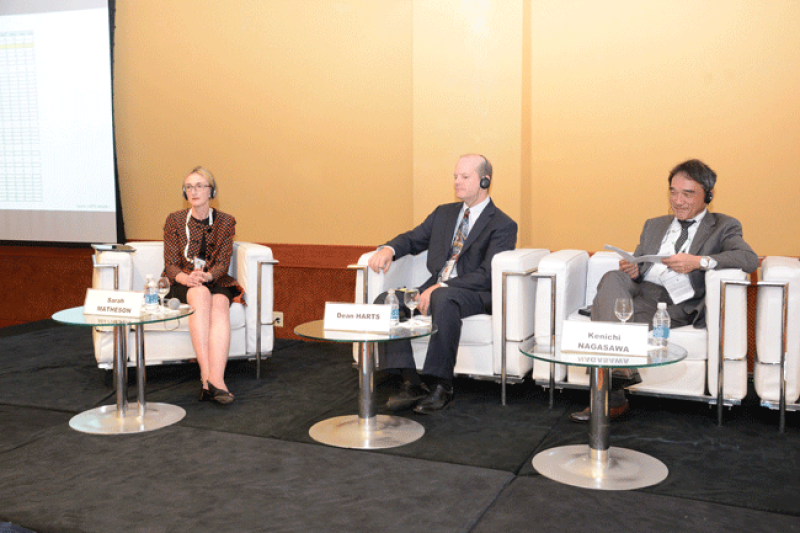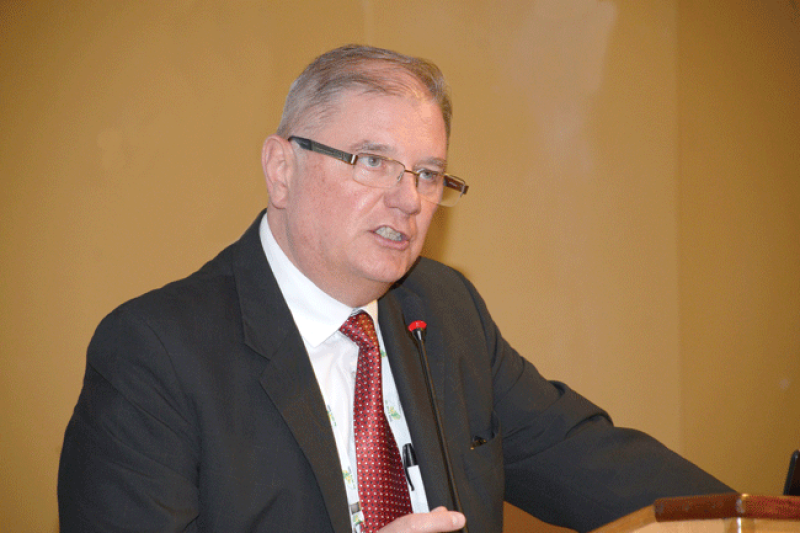
Dean Harts of 3M said that his company recently received its 100,000th patent, while Kenichi Nagasawa said Canon had some 860 people working in IP worldwide. By contrast, said Wander Stange Menchik, Embraer has only been dealing with IP since 2006 and has an in-house team of just four people.
“Our competitors are much larger and have a stronger IP tradition. We’re still learning,” he said, speaking in Portuguese. He said his priorities are to ensure that IP assets are protected appropriately, to get the highest value out of the assets while also checking the company is not infringing others’ rights, and to structure the assets in the best possible way – something that is becoming more of a challenge: “The fiscal incentive law in Brazil is being reviewed and that could be a major obstacle if you invest in Brazil.”

On the positive side, there are few competitors and not much litigation in the aviation industry. But Embraer faces challenges arising from open innovation and cooperation: the company has more than 200 contracts with partners all over the world, including with universities and research institutes. Managing the IP rights and open innovation in that context can present difficulties.
Nagasawa faces somewhat different problems, which include the exponential growth in patents; the threat from patent assertion entities; 3D printing enabling manufacture at home; and what he called the “IP crossover” of different rights. He traced the evolution of an industry such as cameras from mechanical to electronic to IT-based technology, with the latter bringing additional features such as WiFi and GPS. Progression to each stage is accompanied by “a great increase in the number of patents embedded in a single product,” said Nagasawa.
Harts said that 3M is active in 200 countries, and two-thirds of its sales are outside the US; he compared his experience of patent and trade secrets disputes in Germany, Japan, the US and Korea. “The US is the most expensive jurisdiction for patent enforcement – but also the most expensive for defendants,” he commented.










